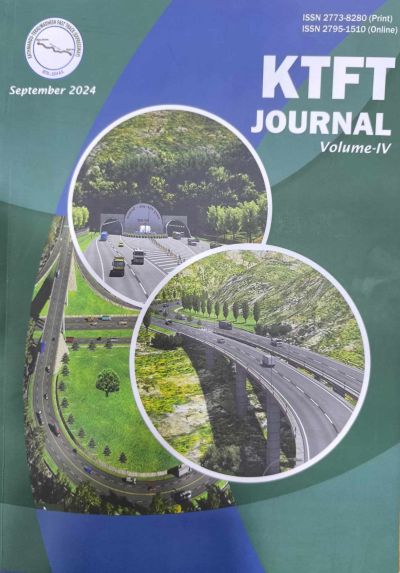Bored Piling in Bridge Construction: An experience of Kathmandu-Terai Fast Track (Expressway) Road Project
DOI:
https://doi.org/10.3126/ktftj.v4i1.70169Keywords:
Bentonite, Bored pile, Manual hole drilling method, Rotary drilling method, Percussion drilling method, Hole collapseAbstract
This paper describes the pile construction works in the Kathmandu-Terai Fast Track (Expressway) road project in Nepal. Bored pile works in the project included three methods: manual hole drilling, rotary drilling, and percussion hammer, depending on the geological condition, availability of the working area, soil types, and availability of the equipment. On the one hand, the manual hole excavation method is a simple technology that requires less working area and is very suitable in steep mountainous areas, which need a smaller working platform. On the other hand, it takes a long time to complete a hole and needs a sufficient diameter of the pile for the working people. The impact drilling method is suitable in silty soil and is the most cost-effective technology for pile boring. However, it is time-consuming compared to the rotary drilling method and not suitable for rocky soil. The rotary drilling method is suitable for every type of soil and the fastest method of pile boring, but it may face different types of problems when special care is not taken regarding equipment and soil properties. The article has compared the productivity of each methodology and the problems faced, such as hole collapse, discontinuity in pile concreting, and upliftment of the rebar. Solutions to these problems are also provided in this article.




